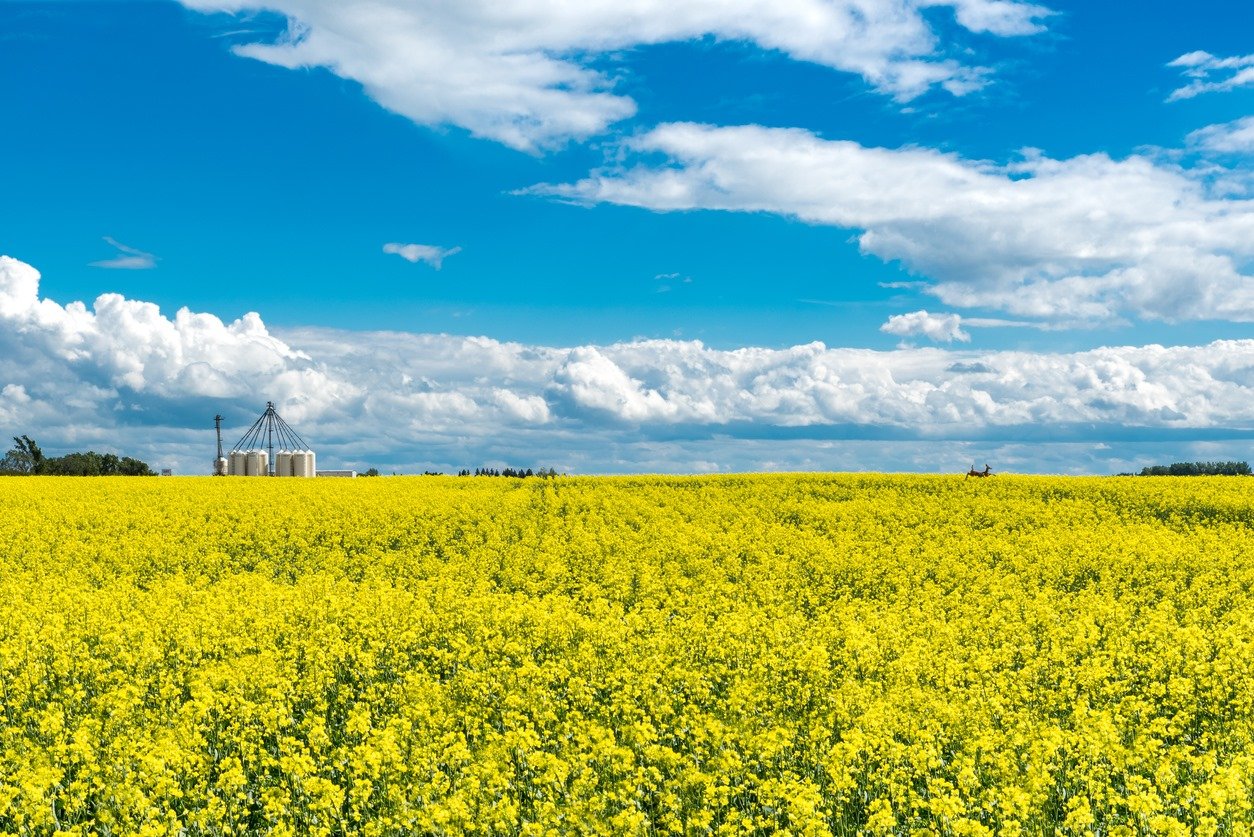
Managing Verticillium in Canola
Verticillium is a soil-borne disease that affects canola, causing standability issues and making it harder to harvest. This disease is caused by the fungus Verticillium longisporum, which infects the plant’s vascular system, leading to symptoms like leaf chlorosis (yellowing), early ripening, stunting, and stem shredding. These symptoms weaken the plant, making it more susceptible to lodging (falling over), which costs time at harvest and can significantly reduce yield.
Verticillium is becoming more common in Western Canada. It was first discovered in Manitoba in 2014 and has since been found in Alberta, Saskatchewan, and other provinces. Surveys have shown that verticillium is present in a significant percentage of canola fields. For example, a 2022 survey found verticillium in 40% of Manitoba canola fields. The disease is often found alongside blackleg, another major canola disease.
Verticillium can cause yield losses ranging from 10% to 50%, depending on the severity of the infection and environmental conditions. The disease interferes with the plant’s ability to transport water and nutrients, leading to reduced plant health and productivity. In severe cases, verticillium can cause significant economic losses for farmers due to lower yields and increased difficulty in harvesting.
Solutions:
1. Note Fields with High Verticillium Incidence and Increase Rotation Intervals:
Identify fields with high levels of verticillium and increase the rotation interval for canola. Extending the rotation to three or four years can help reduce the disease pressure by allowing time for the pathogen population in the soil to decline.
2. Observe and Select Varieties that Handle Verticillium Better:
Monitor the performance of different canola varieties in your fields. Select and plant varieties that show better tolerance to verticillium. This can be done by observing which varieties have fewer symptoms and better standability in field with known verticillium presence.
3. Grow Canola Varieties with Known Multigenic Blackleg Resistance:
Since verticillium is often found with blackleg, growing canola varieties that have strong resistance to blackleg can help manage both diseases. Multigenic resistance provides broader protection against various strains of blackleg and may also help reduce verticillium severity.
4. Consider Spraying Fungicides to Create Healthier Plants:
While there are currently no fungicides specifically for verticillium, maintaining overall plant health can help slow the progression of the disease. Fungicides that target other diseases can help create healthier plants that are better able to withstand verticillium infection.
By implementing these strategies, farmers can better manage verticillium in their canola crops, leading to healthier plants and improved yields. Regular scouting and proactive management are key to minimizing the impact of this disease.
